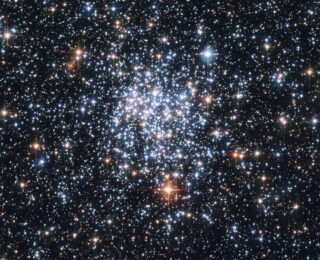
Playing football with galactic dust bunnies
Dust may not sound very exciting, but it’s incredibly important to astronomy. Today’s authors produce a 3D map of the Milky Way’s dust!

Dust may not sound very exciting, but it’s incredibly important to astronomy. Today’s authors produce a 3D map of the Milky Way’s dust!
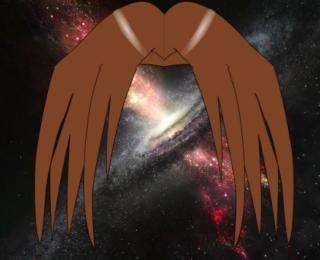
In today’s paper, the authors use eROSITA to assemble a sample of the beautiful blow-outs that can occur in galaxies when AGN turn on.
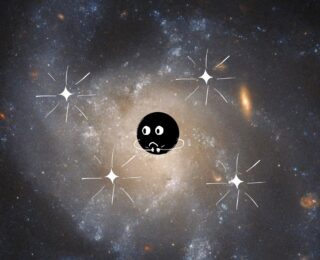
Is the relationship between galaxies and their blackholes symbiotic across time?
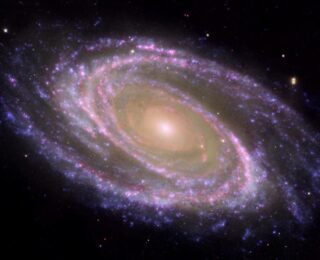
Over time, the universe evolved from a primordial soup of hydrogen and helium into the metal-rich environments of today. How exactly does the chemistry of galaxies evolve, and what processes drive this evolution?

Everyone wants to find a habitable planet. The authors of today’s paper make a compelling case that the HR 5183 system is not the best place to look.
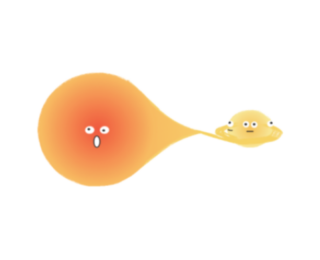
Stars of all masses can have their outer layers stripped away during interactions with a binary companion. Today’s bite reports the first-ever discovery of intermediate-mass stripped stars, which are thought to be the main progenitors of stripped-envelope supernovae!